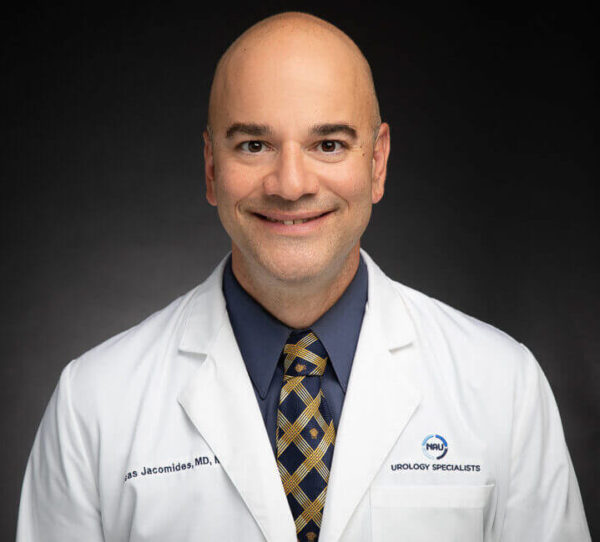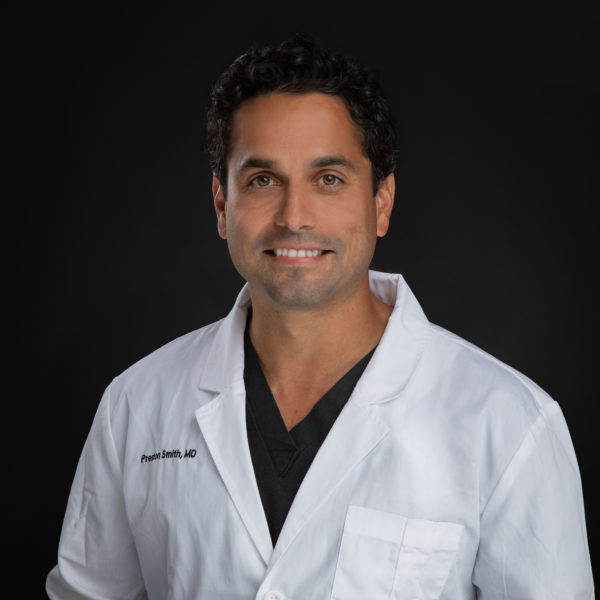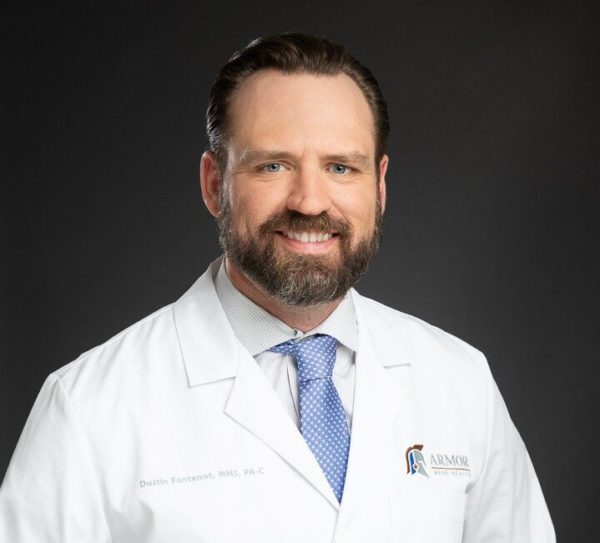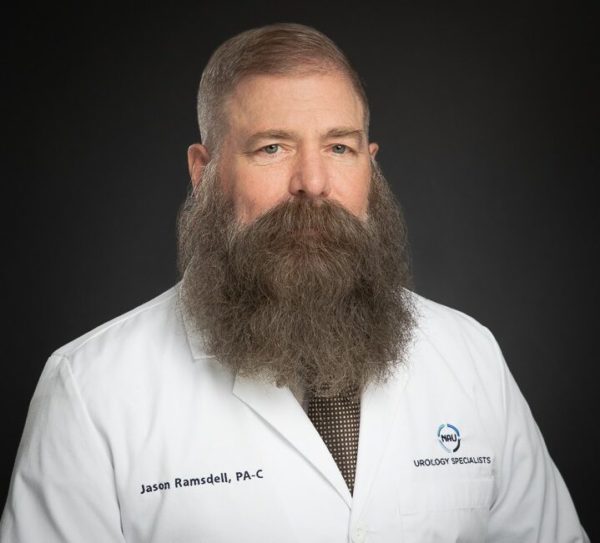
What Is Lichen Sclerosus?
Lichen sclerosus (LIKE-in skler-O-sus) is a skin disorder that can be seen on any part of the body but can be seen on the head of the penis in men.
Early in the disease, small, subtle white spots appear which appear shiny and smooth. The spots can come together to form bigger patches, and the skin surface may become thinned and crinkled. Ultimately, the skin may tear easily, and bright red or purple discoloration from bleeding inside the skin may occur. Lichen sclerosus of the penis occurs almost exclusively in uncircumcised men (those who have not had the foreskin removed). The foreskin can scar, tighten, and shrink over the head of the penis.
What Are the Symptoms?
Very mild lichen sclerosus of the genital area may cause itching but often causes no symptoms at all. If the disease worsens, itching is the most common symptom. Rubbing or scratching to relieve the itching can create painful sores and bruising so many men must avoid sexual intercourse. Urination can be accompanied by burning or pain, and bleeding can occur, especially during intercourse.
Most men with genital lichen sclerosus have not been circumcised. They sometimes experience difficulty pulling back the foreskin and have decreased sensation in the tip of the penis. Occasionally, erections are painful, and the urethra (the tube through which urine flows) can become narrow or obstructed.
What Causes Lichen Sclerosus?
The cause is unknown, although an overactive immune system may play a role.
Is It Contagious?
No, lichen sclerosus is not contagious.
How Is It Treated?
Lichen sclerosus of the genital skin should be treated, even when it is not causing itching or pain because it can lead to scarring that may narrow openings in the genital area and interfere with urination or sexual intercourse. There is also a very small chance that cancer may develop.
In uncircumcised men, circumcision is the most widely used therapy for lichen sclerosus. This procedure removes the affected skin, and the disease usually does not recur.














